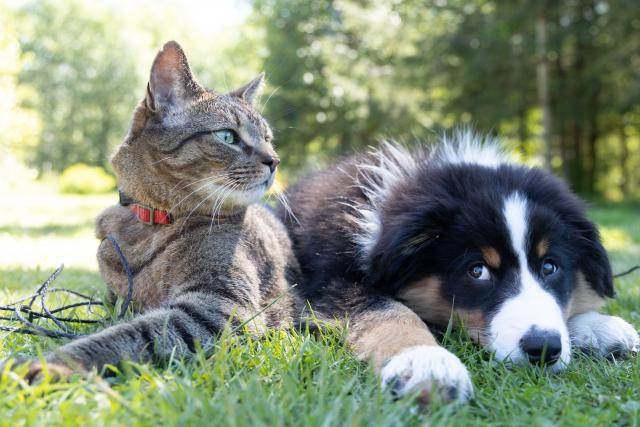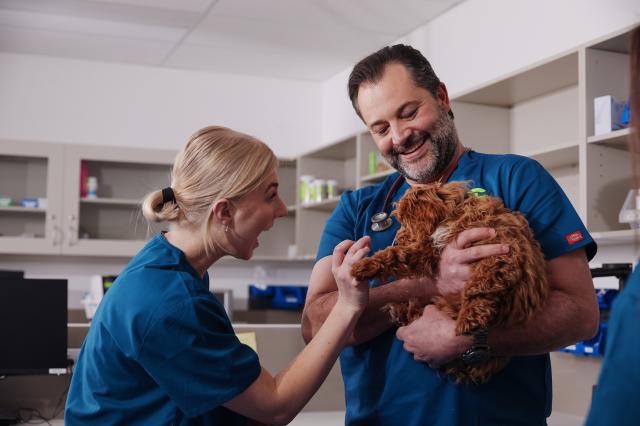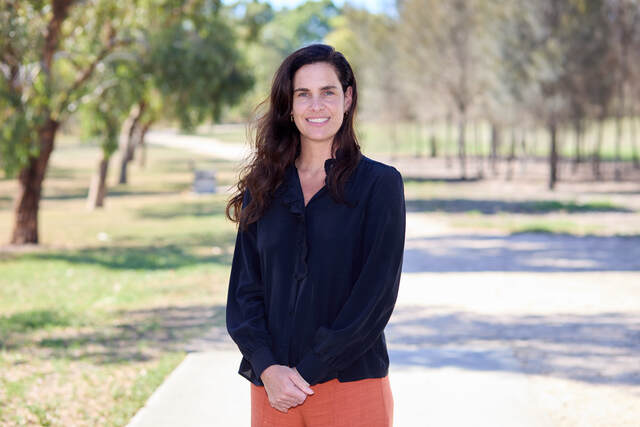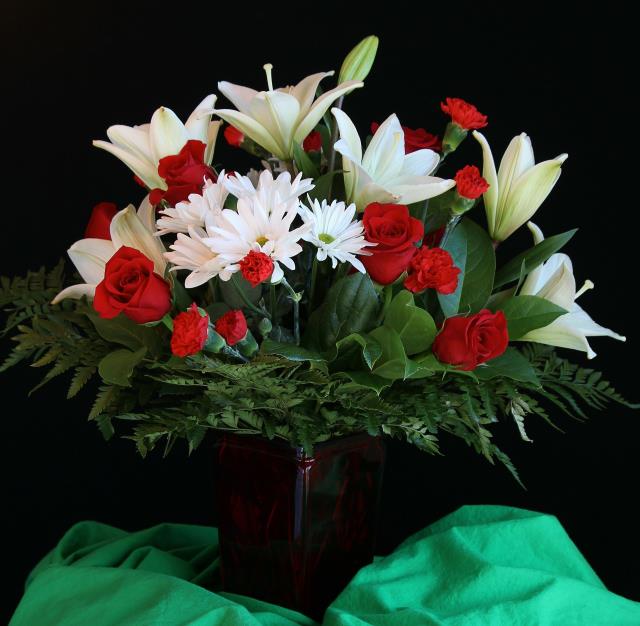Pet owners across Victoria, including those in Hume and Whittlesea, have shared their unique insights and opinions on pet ownership, attitudes, and experiences in a Victorian Pet Census.
Acting Agriculture minister Harriet Shing visited Lort Smith Campbellfield Veterinary Clinic and Adoption Centre on January 12, to announce the findings on pet ownership, thanks to more than 37,000 responses.
“The immense love and care Victorians have for our pets is reflected in the numerous responses to our first Pet Census, highlighting the vital role pets play in the lives of Victorians,” Ms Shing said.
“The census data will empower us to better cater to a diverse range of pet owners in our community, ensuring quality support and services for every pet, regardless of species.”
The information gathered will allow the government to better support Victorian pets, their owners and the animal welfare sector to access the services and support they need most.
This survey identified an estimated 4.3 million pets across Victoria, providing a greater understanding of the unique needs of a variety of animal species to help close the current knowledge gap on pet welfare and owner priorities.
Victoria’s most popular pets are dogs, accounting for 41 per cent, followed by cats at 24 per cent.
Among the preferred dog breeds were Cavoodle, Labrador, Greyhound, Border Collie, and Golden Retriever.
The majority of cat owners adopted their cats from an animal or rescue shelter.
In a demonstration of commitment, pet owners have collectively spent an estimated $6.6 billion in the past year alone on pet products and services to ensure the wellbeing of their beloved companions.
The census also highlighted the positive impact of pets on the lives of Victorians, with an overwhelming 98 per cent attesting to benefits of pet ownership.
Companionship and love were ranked highest at 79 per cent, followed by improved mental health and emotional support at 57 per cent.
The data collected reflects the diversity in pets found homes in Victorians households, including 83,000 reptiles and amphibians and 43,000 insects and spiders, chosen for their unique appeal and low-maintenance care.







